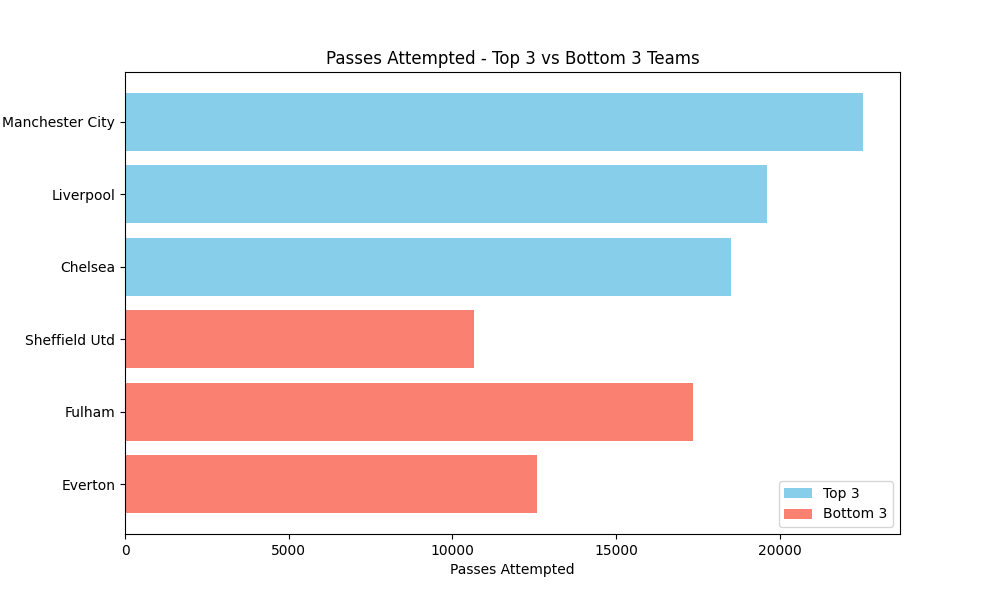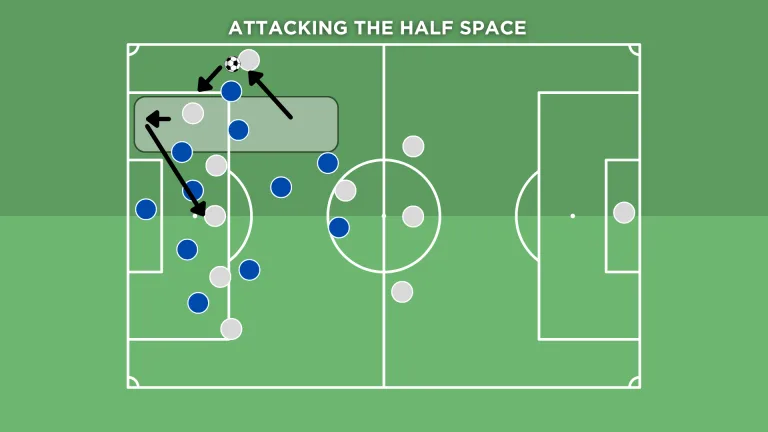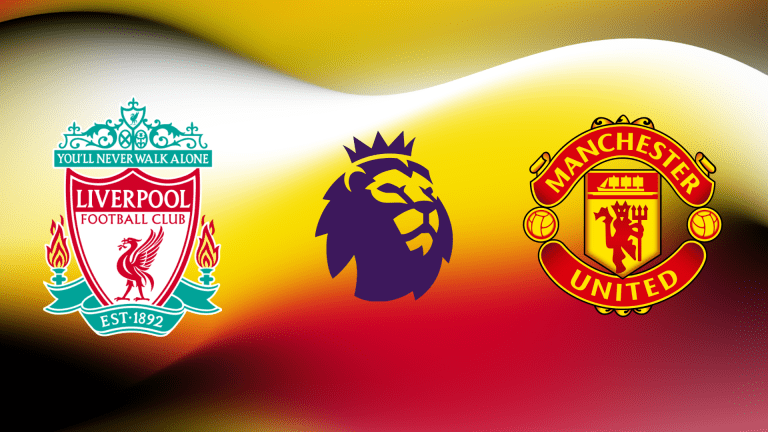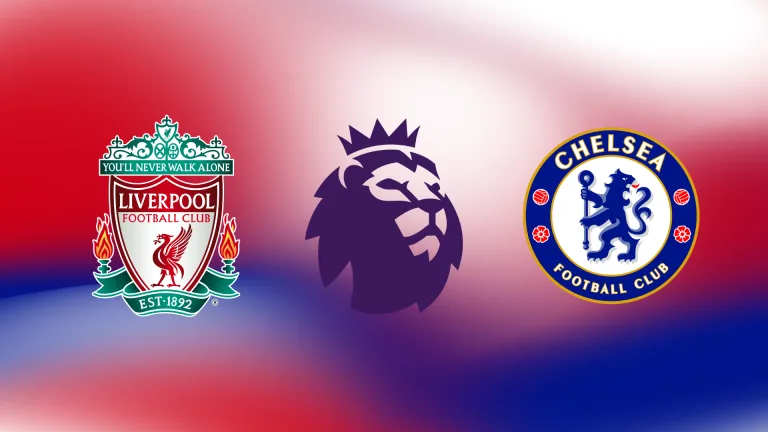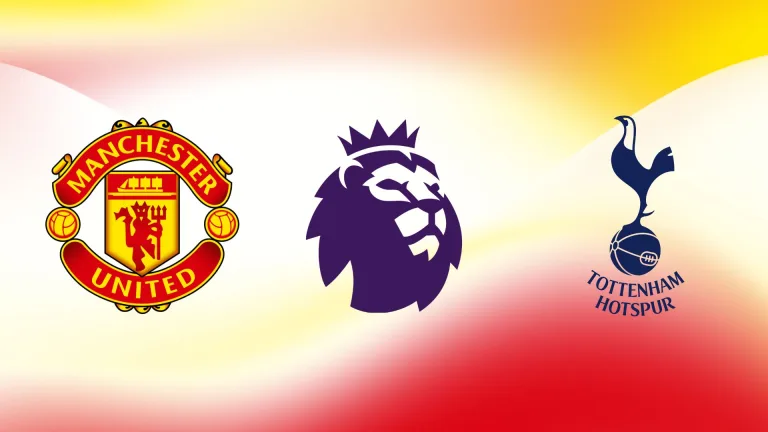Pep Guardiola – Textbook Execution of an Inverted Fullback – Manchester City vs Aston Villa – 4-1
Manchester City achieves an impressive victory against Aston Villa, and like any match under Pep Guardiola, we could spend hours analyzing tactics and player rotations. One important aspect of this game was the role of Rico Lewis, who perfectly illustrates the role and versatility that a modern fullback must possess and the tactical advantages of an inverted fullback.
Starting Lineups
Considering the congested period they are going through, Guardiola has chosen to rest certain key players, such as Kevin De Bruyne or Erling Haaland. In the defensive line, there are also a few changes from the Citizens’ usual lineup. Starting at right fullback is Rico Lewis, given Kyle Walker’s injury during the international break.
Rico Lewis and Pep Guardiola’s Build-up
It’s no secret that Guardiola prefers a possession-based game, often starting with a slow build-up from the back. This can be clearly seen in the statistics, where Manchester City leads the Premier League’s possession stats, with an average possession of 65.6% per game.
Regarding passes, it’s also obvious when looking at the statistics that Guardiola emphasizes control in the midfield, where once again, Manchester City leads the league in most passes completed in the middle third of the field. Additionally, Manchester City is again at the top of the Premier League in both the quality and quantity of passes made.
Even in the build-up phase, we can observe the importance of Rico Lewis in Guardiola’s tactics. While traditionally fullbacks are seen as the main providers of width in the build-up phase, possibly aided by a drop from the wide midfielders or wingers, Rico Lewis takes on a more complex and dynamic role. Instead of strictly anchoring himself to the wing, he often adopts a more central position in the first third of the field.
This movement allows Lewis to become a key player in the build-up phase. By positioning himself centrally, he becomes a focal point for the team, offering a passing option and efficiently distributing the ball to teammates. Additionally, his inward movement can create space for other players.
When opponents attempt to apply pressure on the team’s defense, Rico Lewis in the center of the field helps neutralize this pressing. By rotating towards the center, he often attracts the opposition’s marking, opening up space for his teammates to move into unoccupied areas.
Furthermore, Rico Lewis demonstrates remarkable qualities in the build-up phase of the game. Statistics show that he consistently maintains a high level of accuracy when it comes to passing, with a passing accuracy percentage of 93%. Additionally, he had 3 key passes that created dangerous opportunities towards Robin Olsen’s goal.
Rico Lewis’ Role after Build-Up
Lewis’s role after exiting his own half and entering the middle third is to position himself centrally so he can distribute the ball towards certain zones of the pitch or to launch teammates behind the defensive line. His trajectory on the field throughout a phase can be described as an arc, starting from the flank in his own half, moving up to the center of the field, and then returning to the flank to support Jérémy Doku with the occasional trip towards the central-right side of the box.
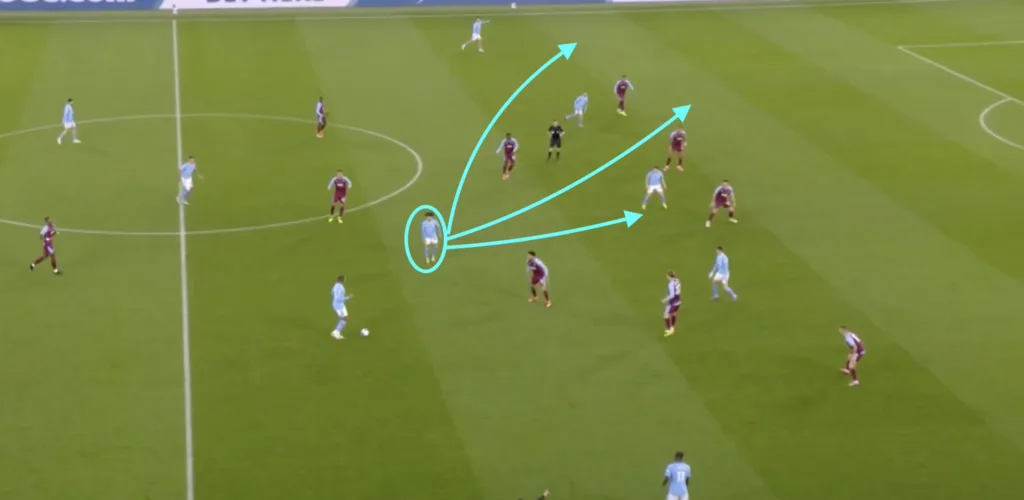
On the other side of the field, Gvardiol had a rather linear trajectory, patrolling the left flank of the Citizens without making deep incursions towards the center.
This movement by Rico Lewis is clearly reflected in his heatmap, where we see that his most active area is towards the middle of the field, in the opponent’s half. He shifts his position from the classic fullback role, where his contribution is limited, to the central part of the field, near the halfway line, where he intensifies his activity. This playing pattern is also reflected in his average position on the field, which is located close to the center, with the defensive right flank covered by Akanji (25), the central area by Dias (3), and the opposite flank by Gvardiol (24).
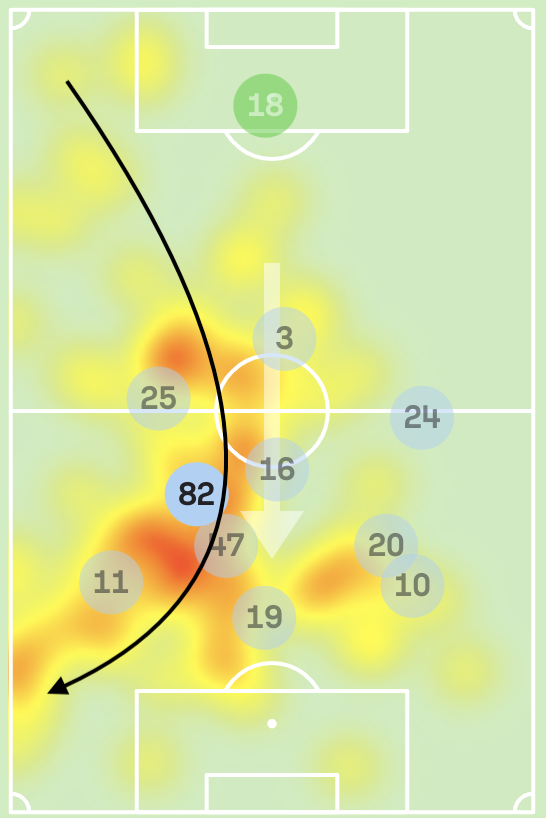
Throughout the match, Lewis often managed to engage in quick short passes with his teammates on the edge of the opponent’s box and also demonstrated very good vision to create or exploit available spaces.
When Phil Foden occupied the right flank alongside Doku, we saw Rico Lewis penetrating towards the center of the box left open by Foden. Here we can mention Lewis’s only shot in this match in the 65th minute, where he took advantage of the space left available by Villa’s defense, drawn to the right flank by Doku and Foden. The last line of defense was also attracted by Grealish, Bernardo Silva, and Julián Álvarez, and Rico Lewis had enough space to receive the pass from Doku, take a touch, and shoot.
Unfortunately, the shot missed the target, but it was a good chance for the Citizens, who could have extended their lead, with Rico Lewis’s shot having an xG of 0.14.

Conclusions
This rotation was effective and perfectly exemplified the role of a modern fullback and why it is one of the most important and complex positions to play in modern football. Guardiola’s strategy helped Manchester City dominate the center of the field, even in the absence of a key player like Kevin De Bruyne. Moreover, it was a pleasure for us to watch Rico Lewis’s performance, the incisive passes he made, and the rotations that happened in Guardiola’s team.


